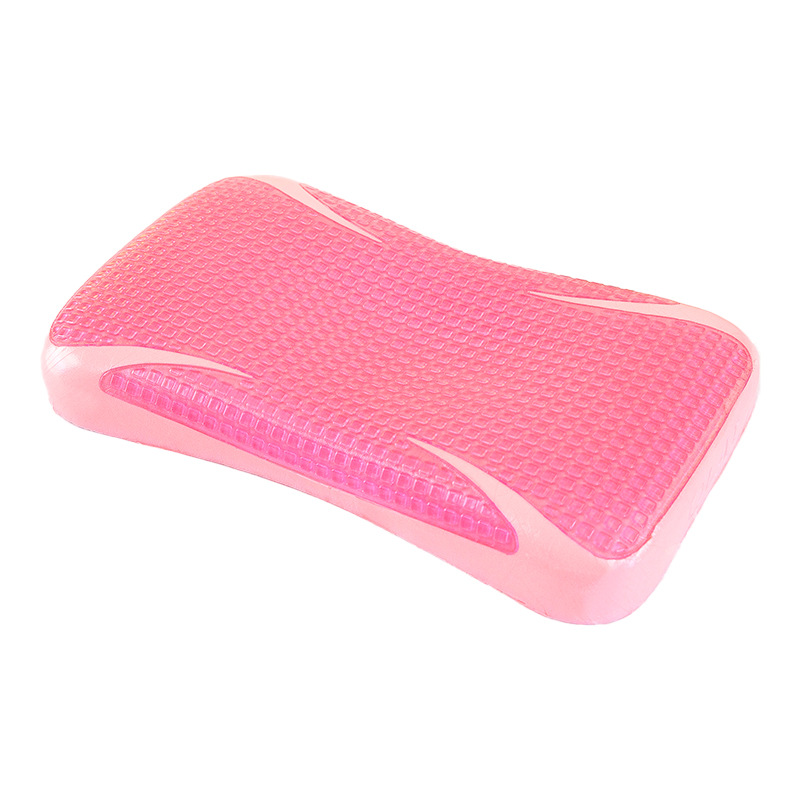The choice between a memory foam pillow and a traditional pillow is a common consideration for individuals seeking optimal sleep comfort. In this comparative blog post, we examine the differences between memory foam pillows and traditional pillows, helping you make an informed decision based on your sleep needs and preferences.
Memory Foam Pillows:
- Contouring Support: Memory foam pillows conform to your body’s shape, offering personalized support and alignment.
- Pressure Relief: The viscoelastic material minimizes pressure points, reducing discomfort during sleep.
- Motion Isolation: Memory foam’s ability to absorb motion minimizes sleep disruptions from partner movement.
- Allergen Resistance: Many memory foam pillows are hypoallergenic and resistant to dust mites.
- Durability: High-quality memory foam pillows can maintain their supportive properties over time.
- Adjustability: Some memory foam pillows offer adjustable loft to cater to various sleep positions.
Traditional Pillows:
- Variety of Materials: Traditional pillows come in various materials, such as down, feathers, and polyester.
- Familiar Feel: Individuals accustomed to traditional pillows may find their familiar feel comforting.
- Loft Options: Traditional pillows offer different loft levels for back, side, and stomach sleepers.
- Breathability: Natural materials in traditional pillows can offer better breathability compared to some memory foam pillows.
- Cooling Needs: Some traditional pillows incorporate cooling technologies, offering temperature regulation.
In conclusion, the choice between memory foam and traditional pillows depends on factors such as contouring support, pressure relief, motion isolation, allergen resistance, durability, adjustability, material variety, familiar feel, loft options, breathability, and cooling technologies. Consider your sleep preferences and needs to select the pillow that best suits you.







